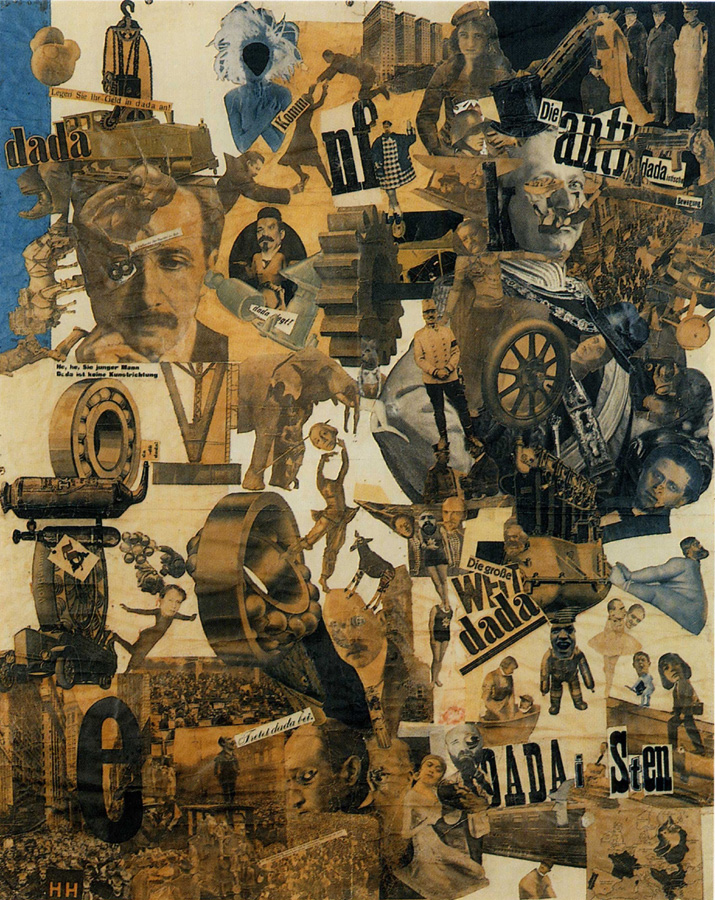Born in 1885, Sonia Terk Delaunay was born in Russia to a poor family. She was later adopted by her wealthy uncle who helped finance her education in Paris so that she could study art. She then later married a local art dealer so that she could avoid going home. She then later met and married Robert Delaunay who was from an aristocratic family that had lost all of its money. Robert painted all day and did not work because he was of aristocratic descent so Sonia had to support him and their son. A big accomplishment for her was having her first painting show in 1908 but due to her husband entering and hogging the picture, she did not have another till 1953. They both developed a theory of color called simultanism but of course her husband got credit for it. She used their ideas to create “simultaneous” works of “fabric, clothing, furniture, environments, and even cars.” (Guerrilla Girls 60) Moving to Spain so that her husband may avoid the draft for the First World War, Sonia designed costumes for Russian art critic Sergei Diaghilev, while her husband designed the sets for ballet events which helped combine visual arts and theatrical design. The worked on Cléopâtre, which was one of the most successful ballets around that time. She produced “a two-dimensional geometric ordering of discs and boldly frontal geometric designs ideally suited to the angular processional quality of the ballet’s movements. Lengths of fabric wrapped around the human form animated the body of the dancer.” (Chadwick 270)
Sonia Delaunay, Costume for Cléopâtre (1918)
(Second image below) Hannah Hoch The Kitchen Knife through
the Last Weimar Beer-Belly Cultural Epoch in Germany, 1919
After their time in Spain, the family returned to Paris in 1921 and were quickly absorbed into the Dada milieu there. They were accepted by the nihilistic Dada group because of Sonia’s meshing of painting and decoration, and every aspect of their lives was creatively based in art.

Hannah Hoch was very influential in the Dada movement, so much so that she is often called the “Mama of Dada.” She was referred as this because of her work helping fellow artists by paying for sandwiches so that her jobless peers could enjoy their gatherings. Even though she was very kind to them, the guys thought that her commercial work brought on by her job “cheapened” her art. Dada was “an art movement that challenged every convention (except male supremacy) and scandalized bourgeois society.” (Guerrilla Girls 66) Although Hoch was one of the first artists to use media images to make photomontages, the Dadas did not want any Mamas which would have been a sister side to the organization. They tried to prevent her from being included in their first exhibition in 1921 until she did a skit at one of their soirées about a male artist who had a nervous breakdown when his wife asked him to do dishes. This made them let her back into the show. Hannah Hoch was critical of her male colleagues saying that, “They all desired this ‘new woman’ and her groundbreaking will to freedom. But they more or less brutally rejected the notion that they, too, had to adopt new attitudes.”(Guerrilla Girls 67) It was like these men liked the idea of a woman who was free and were excited to see what she would do with this new found freedom as long as they could limit her whenever they wanted to and not have to acknowledge or respect their rights.

Postmodernism can be characterized as the breaking down of the unified traditions of Modernism. It came right after Modernism and unlike it, Postmodernism did not create a new movement but rather drew its image from existing representations such as from the mass media or popular culture. It helped us realize the way sexual and cultural ideas are made and ingrained in us. This was shown to us by film critics such as Laura Mulvey and Mary Ann Doane who “demonstrated how the camera assumes the controlling position of the male spectator in order to produce voyeuristic pleasure for the male-positioned viewer presented with the fetishization of woman as spectacle.” (Chadwick 382) Postmodernism was very much a feminist movement and this was reflected by the works of Cindy Sherman, Barbara Kruger and Sherrie Levine who were able to successfully merge Postmodernist and feminist thought.
(Right) Barbara Kruger Your Gaze Hits the Side of My Face (1981)
(Below) Cindy Sherman Untitled 1979
Work Cited
The Guerilla Girls, The Guerrilla Girls' Bedside Companion to the History of Western Art. Penguin Books, 2006.Chadwick, Whitney. Women, Art, and Society. Langara College, 2016
No comments:
Post a Comment